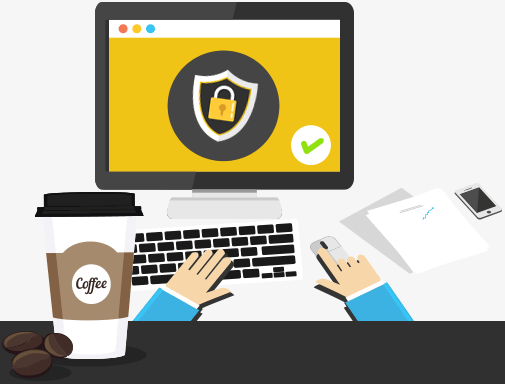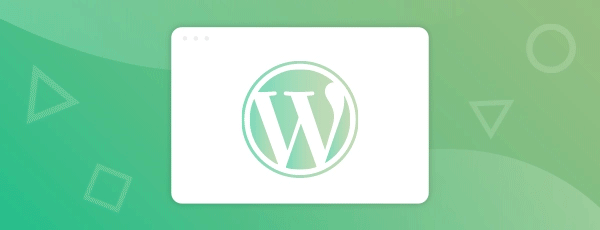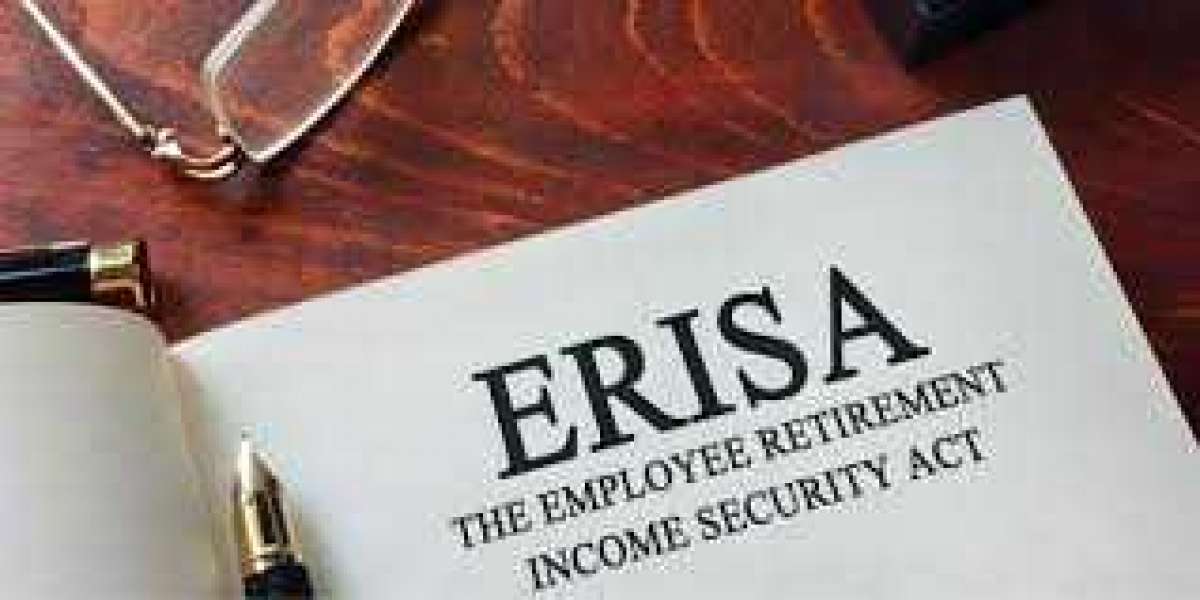10 WordPress security tips to keep your site secure
When it comes to performing a routine check, there are a few items that should be on your to-do list. It should be enough to review these instructions once a month or so to keep you secure.
We'll concentrate on a few important parts of the site. A website is similar to the human body in certain ways. When one portion of the system is broken, it impacts the entire system.

Here's what you should do:
1. Update WordPress regularly
WordPress improves with each new iteration, and its security improves as well. Every time a new version is released, several flaws and vulnerabilities are corrected. In addition, if a particularly harmful flaw is detected, the WordPress core team will take care of it straight away, forcing a new safe version to be released as soon as possible. You will be at risk if you do not upgrade.
You must first go to your dashboard in order to update WordPress. Every time a new version is released, an announcement will appear at the top of the website. After clicking to update, click the blue "Update Now" button. It takes only a few seconds.
2. Update your themes and plugins
Plugins and themes are in the same boat. Your existing theme, as well as any plugins you've placed on your site, need be updated. This protects you from security flaws, bugs, and potential security breaches.
Every now and again, just as with most software products, specific plugins may be hacked or have security flaws revealed in them. In the past, plugins like Ninja Forms and WooCommerce, for example, have been plagued by serious issues.
3. Back up your site regularly
Backing up your website is making a duplicate of all of its data and keeping it safe. That way, if something goes wrong, you can restore the site from the backup copy.
4. Limit login attempts and change your password often
Don’t let your login form allow unlimited username and password attempts because this is exactly what helps a hacker succeed. If you let them try an infinite number of times, they will eventually discover your login data. Limiting the available attempts is the first thing you should do to prevent that.
5. Install a firewall
Another one of our WordPress security tips deals with firewalls.
On your computer
Firewalls usually protect your computer from various online threats. This way, every strange thing that tries to connect with you will be questioned and kept away if it’s suspicious.
This has nothing to do with your WordPress site, per se, at least it has no direct connection, but installing a firewall on your computer is still worth the effort for one crucial reason:
- You use your computer to connect with the admin area of your website. Thus, if your own computer has been compromised, then your connection with the website can be at risk too.
6. Limit user access to your site
7. Rename your login URL
wp-login.php or wp-admin, inserted after your site's main URL, are the default URLs for logging into your dashboard. YOURSITE.COM/wp-login.php, for example.
And, guess what? Those two URLs are also the most often visited by hackers attempting to get access to your database. You lessen your chances of getting into trouble if you update that URL. Hackers will have a much tougher time guessing a personalised login URL.
8. Enable security scans
Security scans are something done by specialized software/plugins that go through your whole website in search of anything suspicious. If something is found, it’s removed immediately. Those scanners work just like anti-viruses.
9. Use SSL
SSL (Secure Socket Layer) is a great strategy through which you can encrypt your admin data. SSL makes the data transfer between the user browser and the server secure. There are two ways to get an SSL certificate:
- a) Buy one from a third-party company like RapidSSL.
- b) Ask your hosting provider for one. Sometimes, this comes as a feature in some hosting plans. Depending on your host, it is possible that you can get one for no additional cost.
10. Protect your wp-config.php
The wp-config.php file is one of the most important, hence vulnerable files on your site. It hosts crucial information and data about your whole WordPress installation. It’s technically the core of your WordPress site. If something bad happens to it, you won’t be able to use your blog normally.








